I'm currently experimenting with OpenGL ES 1.1 on the iPhone and trying to get my head around some of the basics. So far I've managed to draw a grid of objects which are lit with one GL_LIGHT. Here is a screenshot of the current output (question to follow)...

So you can see that my test consists of a grid of about 140 cubes - some slightly elevated so I can see how the shaded areas work. Each cube consists of this model (from Blender) and have normals / texture coordinates...

What's puzzling me, is why I don't get a 'uniform' lighting across the entire surface. Each cube seems to be lit individually and I can kind of understand why that would be... but is it not possible to have the light transition 'normally' like it would if you arranged this model out of blocks and shone a light across it. I'd expect to not see a dark edge on each individual cube, but rather a smooth transition across the whole area.
(I'm still inwardly chuffed that I managed to get this far!)
Any help or explanations would be awesome. Thanks, Simon